Groundbreaking Disability Therapy: The Autism Swing Chair
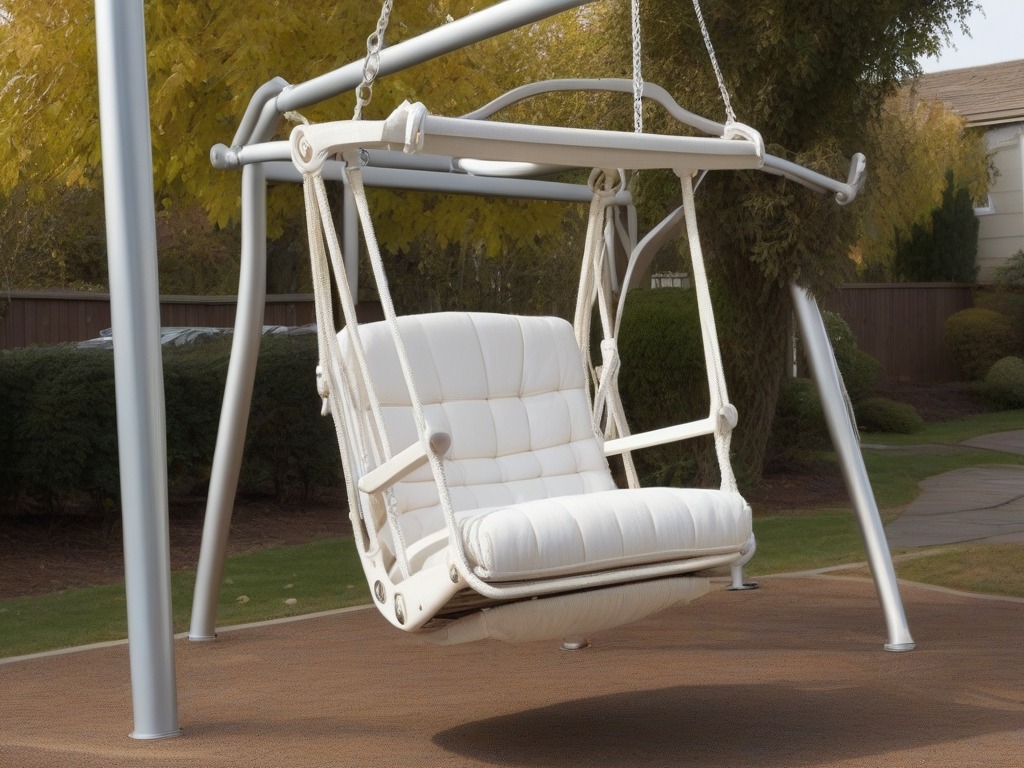
Autism Swing Chair can be a great way to help children with autism gain sensory integration and relaxation. Swinging is not only calming for children with autism, but also provides some physical benefits such as improved balance, coordination, and flexibility. It can also provide an opportunity for social interaction between the child and the caregiver.
This article will explore the various types of Autism Swing Chairs available, their benefits, and how to choose one that is right for your needs.
Types of Autism Swing Chairs
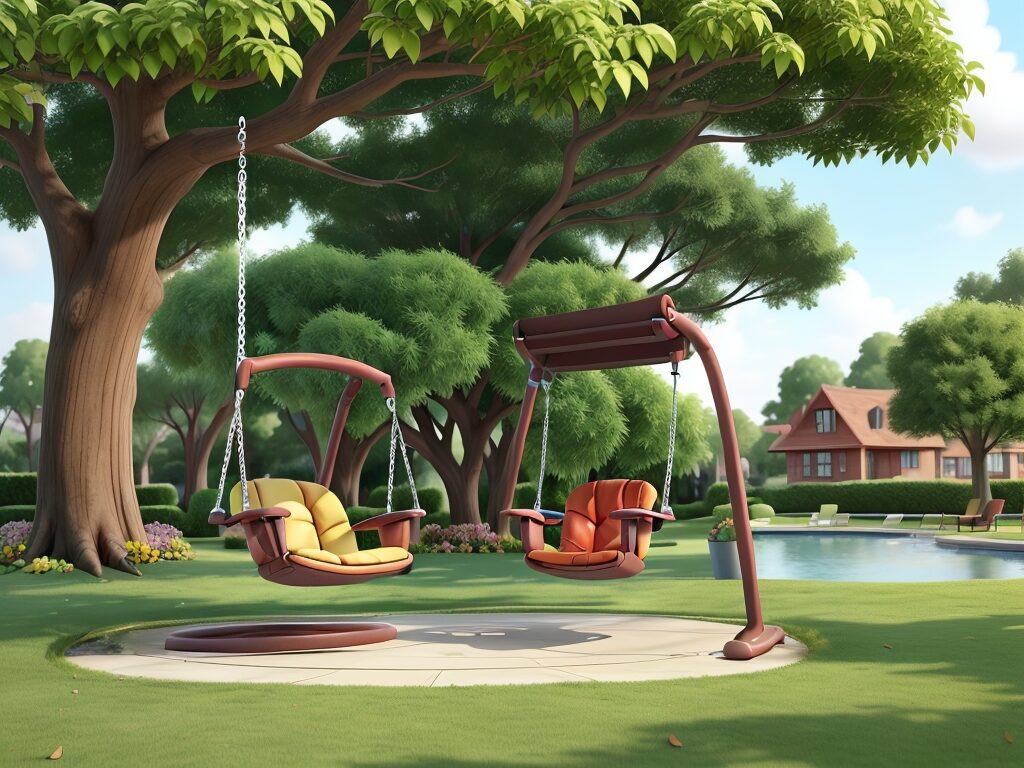
Autism is a neurodevelopmental disorder that affects communication, social interaction, and behavior. One of the common symptoms of autism is sensory processing issues. Sensory processing difficulties can cause discomfort or distress in individuals with autism when they are exposed to certain stimuli such as loud noises, bright lights or unexpected movements.
Autism swing chair is designed to provide a calming effect by offering a gentle back-and-forth motion that stimulates the vestibular system and provides deep pressure input.
There are different types of autism swing chairs available in the market today. One type of chair is the hammock-style swing that offers full-body support for individuals who need more assistance with balance and coordination.
Another type of chair is the platform-style swing which allows for more active movement as it swings back and forth like a traditional playground swing. These types of swings can be attached to ceilings or frames indoors or outdoors.
Usefulness and Benefits of Autism Swing Chair
How to Choose the Right Autism Swing Chair
Choosing the right autism swing chair can be a challenging task. With so many options available on the market, it can be overwhelming to determine which one is best suited for your child’s needs. However, with careful consideration and research, you can find the perfect swing to help your child feel calm and comfortable.
The first thing to consider when choosing an autism swing chair is safety. Ensure that the swing has sturdy construction and secure straps or harnesses to prevent falls or accidents.
It’s also important to choose a swing that can support your child’s weight adequately. In addition, keep in mind any sensory issues that your child may have, such as sensitivity to certain textures or materials.
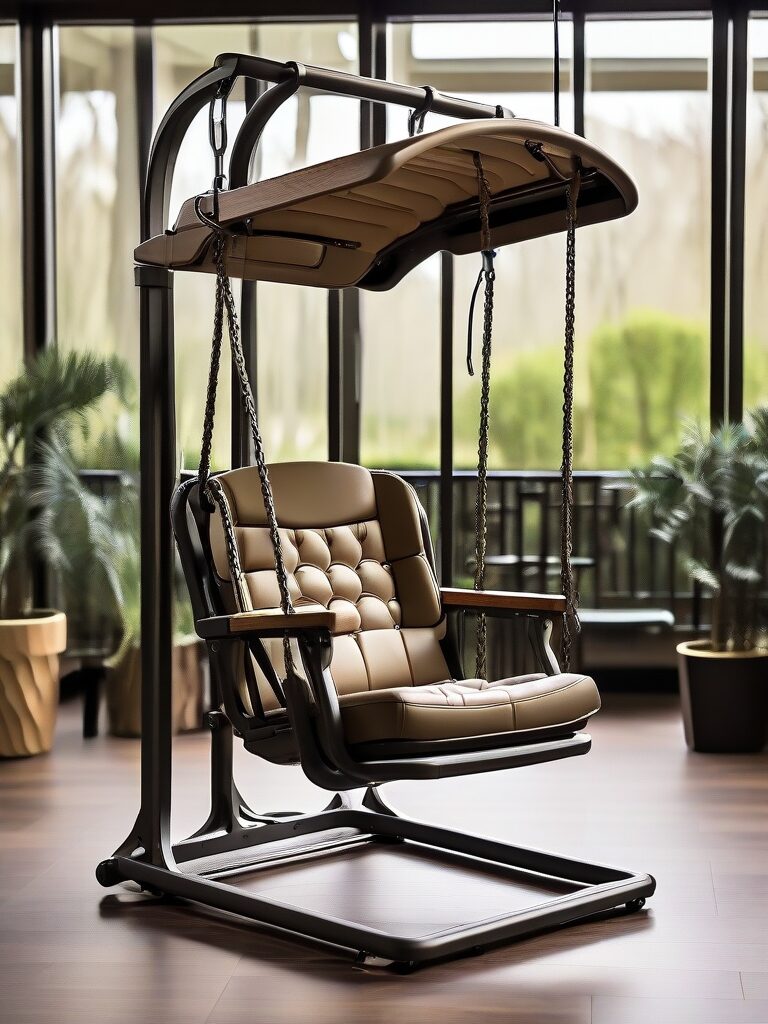
Another factor to consider is size and space requirements. Autism swings come in various sizes, so ensure that you select one that will fit comfortably in the area where it will be used.
Find The Autism Products from here
Health Benefits of an Autism Swing Chair
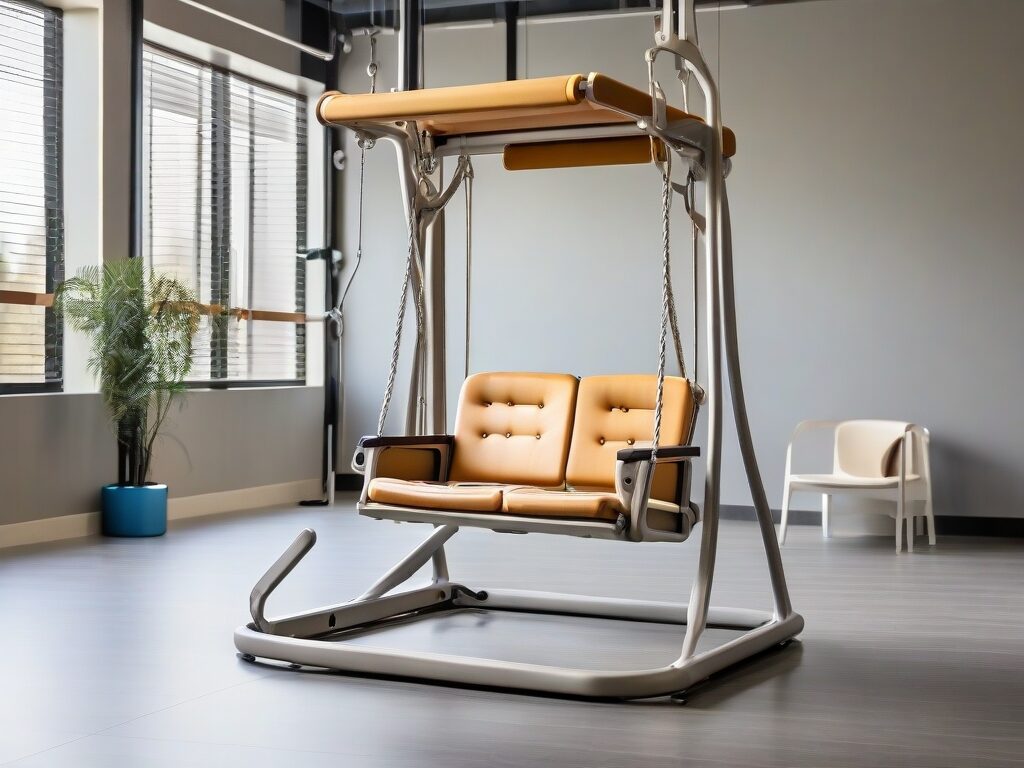
An autism swing chair is a specially designed piece of equipment that can provide many health benefits for children with autism. These chairs are designed to help calm and soothe children who may be struggling with sensory overload or anxiety. They can also help improve balance, coordination, and overall physical fitness.
One of the main benefits of an autism swing chair is the deep pressure it provides. This pressure can help calm the nervous system by activating the parasympathetic nervous system, which helps regulate heart rate and breathing. As a result, children may feel more relaxed and able to focus on tasks such as homework or social interactions.
In addition to providing deep pressure, an autism swing chair can also improve balance and coordination skills. Children must use their core muscles to maintain their balance while swinging back and forth in the chair.
Tips for Setting Up an Autism Swing
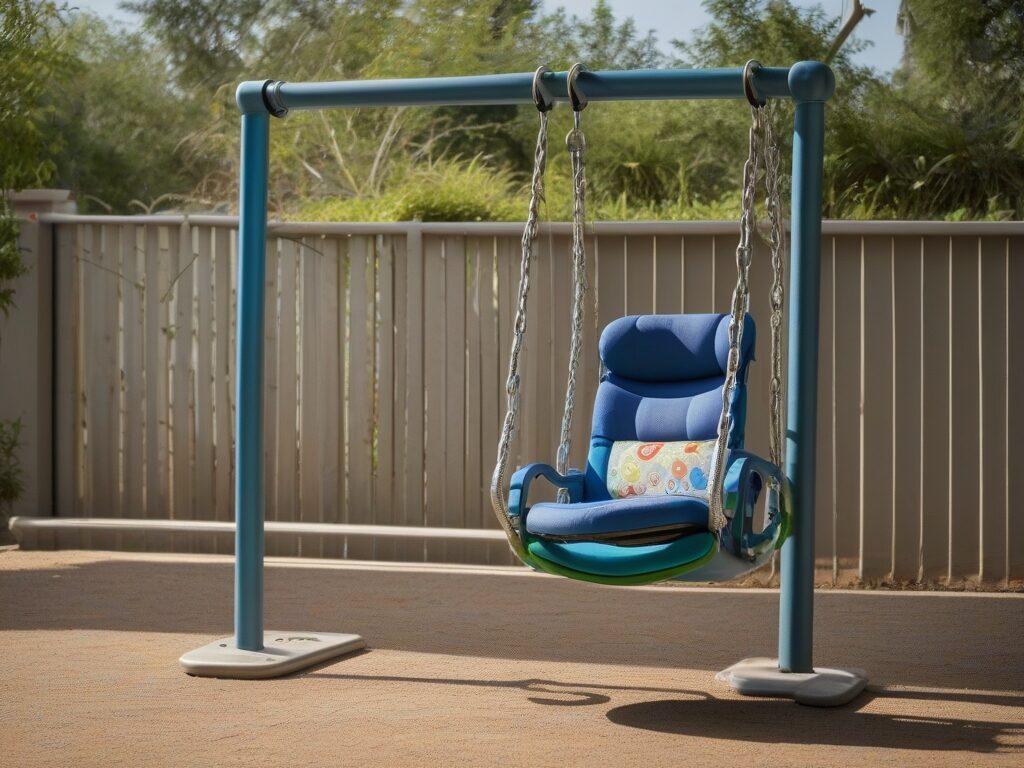
Setting up an autism swing chair can be a great way to provide sensory input and calming effects for children with autism.
However, it is important to ensure that the chair is set up correctly in order to ensure safety and effectiveness. Here are some tips for setting up an autism swing chair:
Firstly, choose a location for the swing chair that is safe and secure. The room should have enough space for the child to move around in the chair without hitting any objects or walls.
Additionally, make sure that the ceiling or support structure can hold the weight of both the child and the swing.
Secondly, select a comfortable and supportive swing seat. The seat should be made of durable material such as canvas or nylon and have adjustable straps to securely fasten the child in place.
It is also important to choose a seat size appropriate for your child’s height and weight.
Safety Considerations for Autism Swings
Autism swing chair is a great addition to any sensory room, but safety should always be a top concern. These chairs are designed to provide calming and soothing benefits for children with autism spectrum disorder (ASD) by providing gentle stimulation of the vestibular system.
However, it is important to remember that not all swings are created equal and some may pose risks if they are not used properly.
When purchasing an autism swing chair, it is essential to research the manufacturer and ensure that their product meets safety standards.
Look for certifications such as ASTM or CPSC labels which indicate that the chair has undergone rigorous testing and meets safety requirements.
Additionally, make sure the chair has sturdy construction with high-quality materials such as steel frames and durable fabric or vinyl seats.
Parents and caregivers should also closely supervise children while using autism swing chairs.
Why Autism Swing chair has so importance
An autism swing chair holds immense importance in the lives of individuals on the spectrum for several reasons. Beyond providing a soothing and calming sensory experience, these specially designed chairs offer a safe space for those with autism to retreat to when feeling overwhelmed or overstimulated. The gentle swinging motion can help regulate sensory input, promote relaxation, and enhance focus and concentration.
Furthermore, the use of an autism swing chair can also aid in improving balance, coordination, and body awareness in individuals with autism. By engaging in this type of vestibular stimulation regularly, users may experience better proprioception and spatial orientation skills.
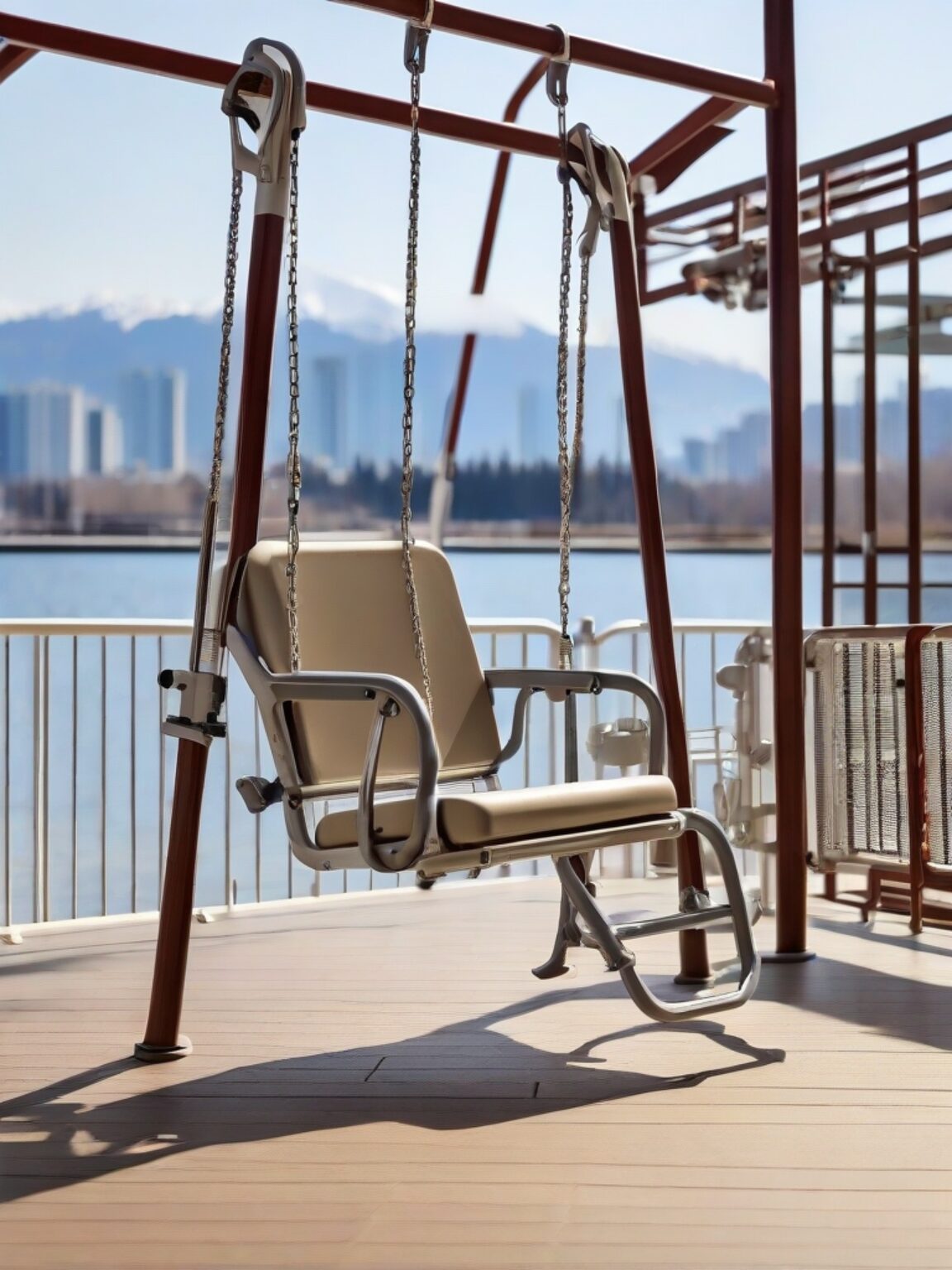
For instance, studies have shown that incorporating swing therapy into daily routines can lead to increased participation in activities of daily living and improved social interactions among individuals with autism.
In essence, an autism swing chair serves as more than just a piece of furniture—it acts as a therapeutic tool that addresses various sensory needs while promoting physical and emotional well-being for individuals on the spectrum.
By creating a secure environment where individuals with autism can feel grounded and supported, these chairs play a crucial role in enhancing their overall quality of life.
Final Thoughts
In conclusion, the autism swing chair is an invaluable tool for people with autism and those who care for them. The swing provides sensory stimulation, a calming effect, and body support in a safe environment.
Furthermore, the swing can help improve coordination and balance, increase flexibility, and provide hours of entertainment. Parents and caregivers should consider investing in an autism swing chair as a way to enrich the lives of their children or loved ones living with autism.
Frequently Asked Questions
-
What is an autism swing chair?
Answer: An autism swing chair, also known as a sensory swing, is a therapeutic device designed to provide vestibular stimulation for individuals on the autism spectrum. It is intended to help improve sensory processing and promote relaxation.
-
How does an autism swing chair benefit children with autism?
Research has indicated that the use of an autism swing chair can enhance proprioceptive input and vestibular integration, which are critical for sensory regulation. These benefits contribute to reduced anxiety and improved focus in children with autism (Baranek et al., 2005).
-
What materials are typically used in the construction of an autism swing chair?
Autism swing chairs are generally constructed from durable, high-quality fabrics such as polyester or nylon, ensuring safety and comfort for users. Additionally, these materials are often chosen for their ability to withstand repetitive use.
-
Is there scientific evidence supporting the effectiveness of sensory swings?
Several studies have provided empirical support for the efficacy of sensory swings in improving behavioral outcomes among children with sensory processing disorders, including those on the autism spectrum (Schaaf & Nightlinger, 2007).
-
Can adults with autism use these swings as well?
Yes, adults with autism can also benefit from using sensory swings. The therapeutic principles underlying their design apply across age groups; thus, larger-sized models are available to accommodate adult users.
-
Are there specific safety guidelines that should be followed when using an autism swing chair?
It is imperative to adhere to manufacturer instructions regarding weight limits and installation procedures to ensure safe usage. Regular maintenance checks should be conducted to identify any wear and tear that might compromise safety.
-
Where can one purchase a high-quality autism swing chair?
High-quality autism swing chairs can be purchased from specialized retailers that focus on therapeutic equipment for individuals with special needs. Online platforms such as Amazon also offer a wide selection.
-
How can one determine if an autistic individual would benefit from using a sensory swing?
A comprehensive evaluation by a licensed occupational therapist is recommended to assess if a sensory swing would meet the specific needs of the individual based on their sensory profile and therapeutic goals (Bundy et al., 2002).







